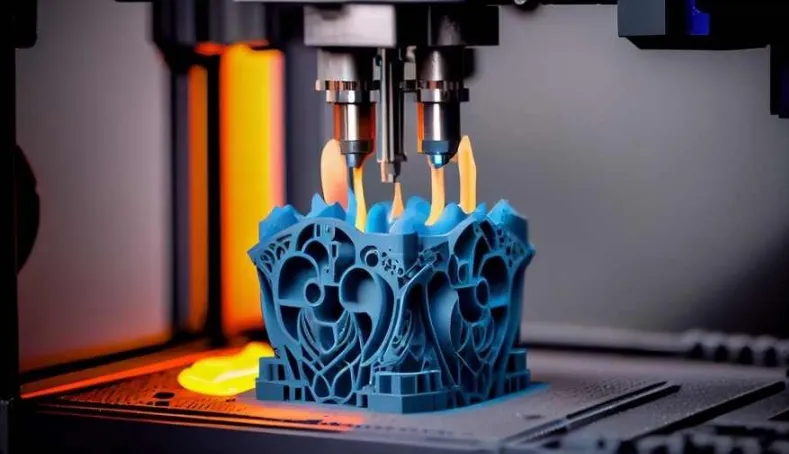Retail pricing for custom pins is influenced by several key factors that shape their market value and appeal to consumers. Understanding these determinants is crucial for businesses involved in designing, manufacturing, and distributing bespoke pins. This article explores the various elements that impact the retail pricing of custom pin badges.
Manufacturing Techniques
The choice of manufacturing technique for custom pins impacts cost and quality. Techniques like die-casting, soft enamel, hard enamel, and printed pins vary in materials, labor, and production time. Die-cast pins are durable but expensive, ideal for intricate designs. Printed pins are quicker and cheaper to produce but may be perceived as less valuable. These factors directly influence pricing strategies in the market.
Quantity Ordered
Economies of scale heavily influence pricing strategies for custom pins. Larger orders typically benefit from reduced per-unit costs due to bulk discounts and streamlined production processes. This allows businesses to offer competitive pricing to customers ordering in bulk while maintaining profitability. Conversely, smaller orders often incur higher per-unit costs due to setup fees and less efficient production runs.
Distribution Channels
Distribution channels significantly influence custom pin pricing and consumer perception. Direct-to-consumer sales online or through company stores often yield higher profit margins compared to sales through wholesalers or retailers, which incur additional markups. Each channel introduces distinct cost structures and logistics, impacting pricing strategies and market reach optimization.
Seasonal Demand
Fluctuations in demand throughout the year influence pricing strategies for custom pins. Seasonal spikes, such as during holidays or major events like Comic-Con, may justify higher pricing due to increased consumer interest and willingness to pay for themed or commemorative pins. Conversely, off-peak seasons may require promotional pricing or bundle offers to stimulate demand and maintain cash flow.
Competitive Landscape
Competitor pricing strategies play a crucial role in determining the pricing of custom pins. Businesses must monitor competitor pricing closely to position their products effectively in the market. Factors such as brand reputation, product differentiation, and perceived value compared to competitors’ offerings influence consumers’ purchasing decisions and price sensitivity.
Customer Perception
Perceived value is a key driver in setting prices for custom pins. Factors such as design complexity, material quality, brand reputation, and exclusivity influence how consumers perceive the value of a pin and their willingness to pay. Effective branding and marketing efforts that highlight unique features, craftsmanship, and emotional appeal can justify premium pricing and enhance customer loyalty.
Economic Factors
Macro-economic conditions such as inflation rates, currency fluctuations, and overall economic stability impact production costs and consumer purchasing power, directly influencing pricing decisions. Businesses must navigate these economic factors to maintain competitive pricing while ensuring profitability and sustainable growth.
Packaging and Presentation
The packaging and presentation of custom pins play a crucial role in enhancing perceived value and justifying pricing. High-quality packaging that reflects the brand’s aesthetic and attention to detail can elevate the consumer’s experience and justify premium pricing. Creative presentation methods, such as limited edition collections or collector’s boxes, can also command higher prices by appealing to collectors and enthusiasts.
Production Lead Times
Shorter production lead times often command higher prices as they offer flexibility and urgency to customers. Businesses that can deliver custom pins quickly and reliably may charge premium prices for expedited services, especially in industries where timely delivery is critical, such as event merchandising or promotional campaigns.
Intellectual Property
Protecting intellectual property rights including design copyrights and trademarks, is essential in maintaining the exclusivity and value of custom pins. Similarly, for products like custom body pillow, businesses invest in securing their designs to prevent unauthorized replication and price erosion from counterfeit products. Intellectual property considerations play a crucial role in pricing strategies by safeguarding unique designs and upholding brand integrity across diverse product ranges.
Customer Demographics
Understanding the demographic profile of target customers helps tailor pricing strategies to meet their preferences and purchasing behaviors. Different demographics may exhibit varying levels of price sensitivity, aesthetic preferences, and willingness to invest in custom pins. Businesses segment their target audience based on factors such as age, lifestyle, and interests to effectively position their products and optimize pricing strategies.
Promotional Discounts
Strategic use of promotional discounts and incentives can drive sales and attract new customers while managing inventory levels. Temporary price reductions, bundle offers, or loyalty programs can stimulate demand during slow periods or capitalize on seasonal trends. Businesses must balance promotional pricing with maintaining perceived value and long-term profitability.

Return on Investment
Assessing the return on investment (ROI) is crucial in determining the profitability of custom pin production and pricing strategies. Businesses analyze all costs associated with manufacturing, marketing, and distribution against expected revenue to gauge the financial viability of pricing decisions. ROI calculations guide strategic pricing adjustments to maximize profitability and sustainable growth.
Testing and Iteration
Continuous testing and iteration of pricing strategies allow businesses to adapt to evolving market conditions and consumer preferences. Analyzing sales data, customer feedback, and competitive insights enable businesses to optimize pricing models for maximum effectiveness. Iterative adjustments based on real-time market feedback help businesses stay agile and responsive in a competitive marketplace.
Long-Term Proposition
Pricing decisions consider the long-term sustainability and growth prospects of the business. Beyond short-term profitability, businesses aim to build customer loyalty, strengthen brand equity, and expand market share through strategic pricing. Maintaining a balance between competitive pricing and premium positioning ensures sustained profitability and resilience against market fluctuations.
Conclusion
In conclusion, custom pin pricing is shaped by manufacturing techniques, market demand, competition, consumer perceptions, economic factors, and strategic decisions. Understanding these influences helps businesses optimize pricing strategies for profitability and long-term success, emphasizing the need for thorough market analysis and strategic alignment.






